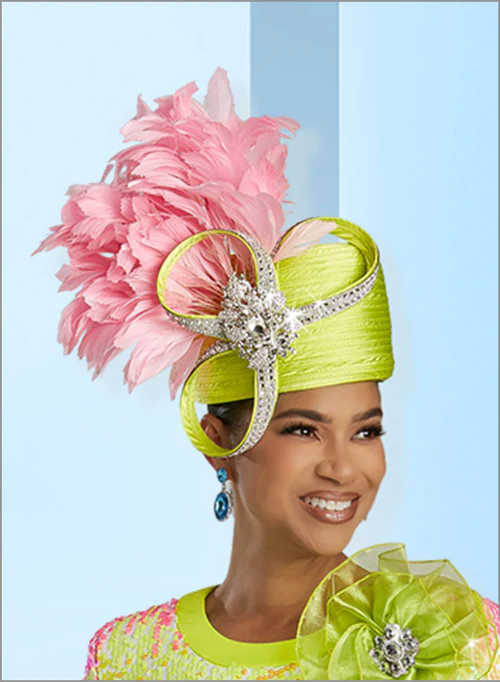
Hats have long been more than just an item of apparel in african culture, they symbolize tradition, spirituality, social rank, and even personal identity. Across Africa’s wide and diverse landscapes, there are several hats, each with its own distinct tale and meaning. Let’s explore the rich tapestry of African hats and the cultural legacy they represent.
The Gele:
The Gele, with its intricate folds and brilliant hues, represents much more than fashion in Nigeria. It reflects the element of celebration and festivity, and is commonly worn at cheerful occasions such as weddings and cultural ceremonies. The art of tying a Gele has been passed down through generations, with each style having its own symbolism and significance. Beyond aesthetics, the Gele embodies the perseverance and inventiveness of Nigerian women, who utilize it to convey their uniqueness and cultural pride.
Head ties are a familiar garment that is worn in several different countries in Africa. Due to the diversity of the continent and the number of other ethnic groups, the way that head ties are produced and worn varies between countries (Empire Textiles, n.d.). This explainer focuses on a head tie called the ‘Gele’.
The Gele is a head tie worn primarily by women in Nigeria and West Africa. It emanated from the Yoruba culture, and its origin is hard to trace. Many archival photographs over a century old suggest that Gele has been around much longer than when those pictures were taken (African Arts, 2020).
Apart from artistic impressions of a 19th-century famous businesswoman, Madam Efunroye Tinubu, one photograph of her suggested a basement on which Gele evolved. In the picture, dated 1887, Madam Tinubu adorned what looked like a mini Gele but was covered by a long shawl flowing down her shoulders. Supporting that the Gele may have been around before the 19th century was a picture by Kingsley Mary Henrietta published in 1901. The photo shows two women and a girl as all three adorned Gele (African Arts, 2020).
Ciafe
The Kufi:
The Kufi has great religious importance throughout West Africa, particularly among Muslim groups. This brimless hat, worn by males at prayers and religious events, represents humility, piety, and communal solidarity. The Kufi, made of cotton, wool, or leather, crosses ethnic and linguistic boundaries, connecting believers in their shared faith and culture. Its understated style represents the simplicity and reverence inherent in Islamic teachings, highlighting the value of spiritual devotion in daily life.
The Fulani Hat:

Image Source: University of Pittsburgh
In West Africa’s vast Sahel region, the Fulani Hat provides a tangible link to nomadic pastoralist customs. These hats, made from locally produced materials like straw and leather, feature elaborate patterns and brilliant colors. Each hat represents a story of persistence, resourcefulness, and cultural continuity as the Fulani travel across geographies in quest of grazing space. The Fulani Hat, which represents social position, identity, and heritage, demonstrates the inventiveness and adaptability of those who wear it.
The Basotho Hat:
Lesotho, a landlocked country in South Africa, is home to the famed Basotho Hat. Inspired by the traditional Basotho mokorotlo, this flattened cone hat represents national pride and unity. The Basotho Hat, woven from grass or wool, represents Lesotho’s difficult terrain and severe climate, symbolizing the country’s tenacity and resourcefulness. Worn on special events and ceremonies, this distinctive headgear piece brings wearers together in a common sense of identification and belonging, transcending individual differences and commemorating the Basotho people’s communal heritage.
The Zulu Isicholo:
In South Africa, the Zulu Isicholo is a symbol of womanhood, maturity, and cultural identity. Worn by married women, this circle hat represents wisdom, community standing, and ancestral links. The Isicholo, adorned with elaborate beadwork and symbolic designs, symbolizes the Zulu people’s artistic prowess as well as their spiritual beliefs. Women proudly wear these caps to honor their ancestors and preserve traditions passed down through generations, reinforcing the enduring spirit of African culture.
African hats are more than just clothing; they are living objects that represent centuries of history, tenacity, and inventiveness. From Nigeria to South Africa, each hat offers a tale about tradition, pride, and Africa’s enduring spirit. As we commemorate the rich tapestry of African culture, let us also remember the artists and communities that continue to give life to these everlasting emblems of identity and strength.


